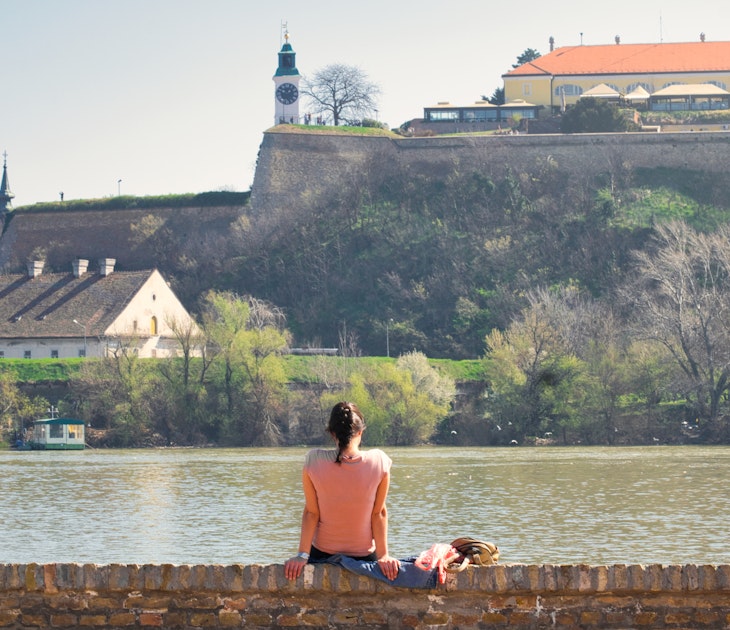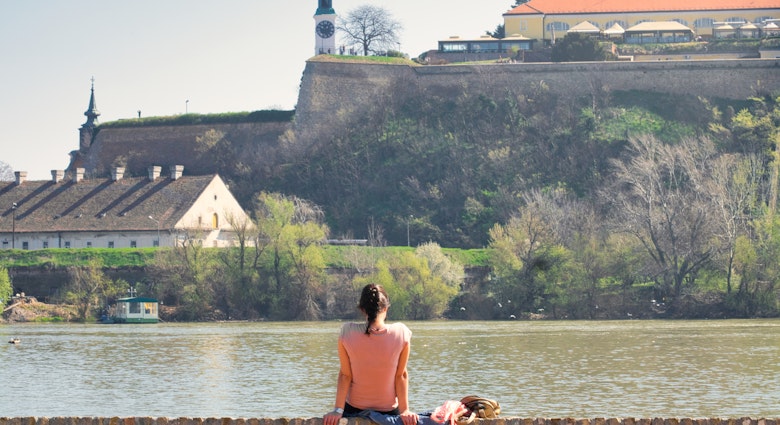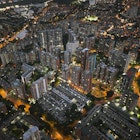Tokyoites often say that the best way to get to know their city is to travel station by station around the Yamanote line, the city's iconic elevated loop line, running since 1925. The route includes well-known neighbourhoods like Shinjuku, Ueno, Akihabara and Shibuya, but also local spots that few outsiders visit.
Examined up close, Tokyo is dramatically different north to south, east to west and even from station to station. Make the rounds of all 29 stations on the Yamanote line and Tokyo appears less like a cohesive city than a collection of self-contained towns. A complete loop takes roughly an hour; work in a handful of stops, and it's a perfect one-day introduction to the city.

Komagome, Nishi-Nippori and Ueno
Start at Komagome, due north. Few people travel to this sleepy 'hood, even though it is home to the city's prettiest garden, Rikugi-en. Here, follow the path through wooded groves and over bridges to the teahouse, which overlooks the garden's pond, for a cup of matcha (powdered green tea). We can't think of a better way to begin the day.
Two stops – on a soto-mawari (clockwise) train – takes you to Nishi-Nippori, where the highlight is Yanaka Ginza. This is one of the city's best examples of a classic shōtengai (market street). The northeast section of the city, and this area in particular, has seen less development than many other parts of Tokyo. Tokyoites love this nostalgic mid-20th century atmosphere, marked by narrow alleys, low-slung buildings and vintage signs.

Ueno, two stops further, is the major hub of northeast Tokyo and also the city's old cultural heart. It's here that you'll find the Tokyo National Museum, which houses the world's best collection of Japanese art. The museum and several more (plus centuries-old shrines and temples) are located inside the sprawling park Ueno-kōen. There are a number of excellent, historic restaurants in this part of town, too. Beautiful Innsyoutei, in an old wooden building inside the park, is our choice for lunch.
Akihabara, Tokyo Station and Yūrakuchō
From Ueno, as the train wends southward along the city's eastern edge, the buildings become bigger and taller and the urban bustle more palpable. Akihabara – affectionately known as 'Akiba' – is synonymous with Japanese pop culture. Fans of anime, manga, gaming and idol singers, along with tech geeks, robot enthusiasts and gadget collectors, gather here to bask in the glow of the LED-lit shop fronts and to scour shops like Mandarake Complex and Yodobashi Akiba for new goods to feed their passions.

Also in Akihabara is the old Manseibashi Station, built in 1912. It served as the eastern terminus for the Chūō line – the east–west route that pierces the centre of the Yamanote line – until it was retired in the 1940s. The station building, recently restored, now hosts the upscale shopping and dining centre, mAAch ecute.
Tokyo Station, in Marunouchi, is the city's central station and the terminus for the nation's network of shinkansen (bullet train) lines. The brick structure, modelled after the great stations of Europe, was built in 1914 and restored in 2014. The surrounding neighbourhood, Marunouchi, is at the centre of establishment Tokyo, where many of the country's biggest companies have their headquarters, and just a stone's throw from the Imperial Palace.
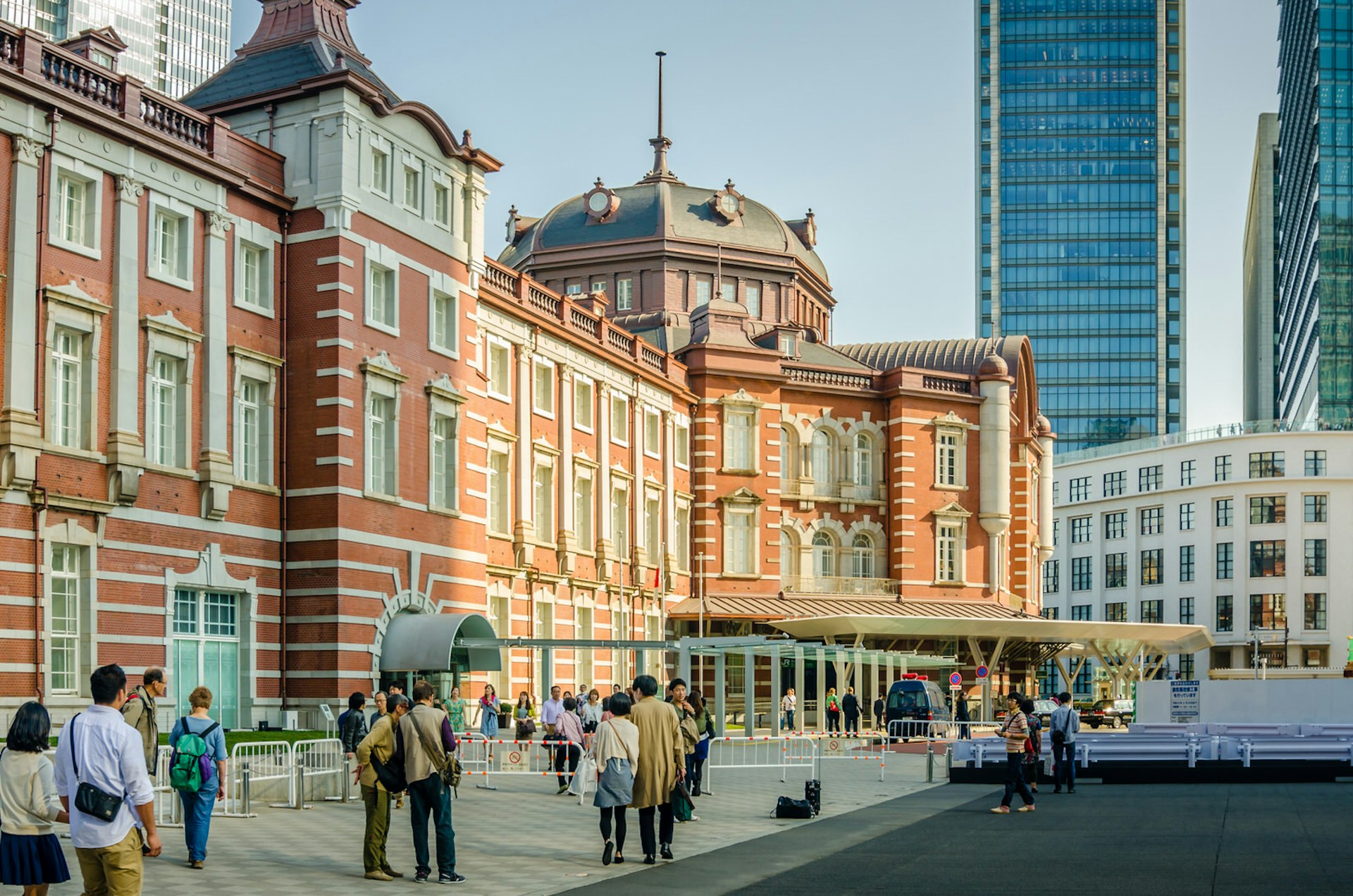
The next two stops, Yūrakuchō and Shimbashi, represent the beating heart of 'salaryman culture' – that of the hardworking, hard-drinking, grey-suited company employee. Their haunts include smoky yakitori (grilled chicken skewers) stands crammed under and along the rail lines. Stop by Manpuku Shokudō, one such place under the Yamanote line tracks in Yūrakuchō, for happy-hour drinks (it's open all day).
Hamamatsu-chō to Ebisu
The southern stretch of the line, where it skirts near Tokyo Bay, is corporate central, full of glistening high-rises (where there were once tidal flats). Shinagawa, a shinkansen station, and Ōsaki, the southernmost node on the loop, are two big transit hubs. Past Ōsaki, the train enters the wealthy southwest quarter of the city. Before the city began to take its modern form, roughly 100 to 150 years ago, this area was largely rice and tea fields, villages and country villas. Today these neighbourhoods, such as Meguro and Ebisu, are known for genteel residential pockets and fashionable shopping and dining scenes.
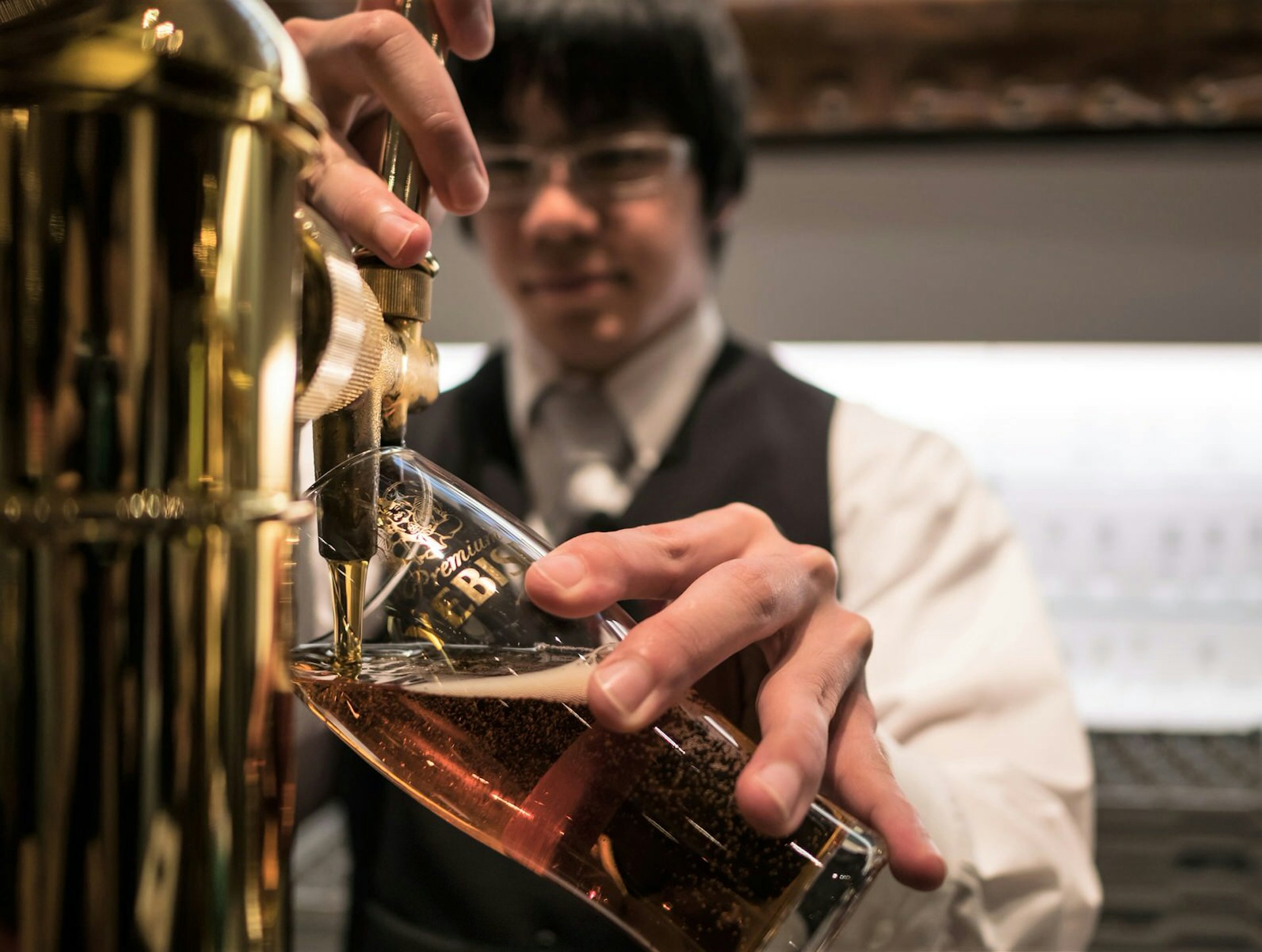
Ebisu is the town that beer built: the original Yebisu beer factory went up here in the late 19th century and operated until 1988. The old, red-brick structure now holds the Beer Museum Yebisu. It's adjacent to the open-air culture and shopping complex Ebisu Garden Place, where you'll also find Tokyo's photography museum, TOP Museum. Ebisu is a great place to grab a bite. Check out favourite local hangout, Ebisu-yokochō – a hip imagining of a Yūrakuchō-style food alley – or queue for ramen at trendy Afuri.
Shibuya, Shinjuku and Ikebukuro
Northwest Tokyo is synonymous with the city's boom years in the second half of the 20th century. This is especially true of the hubs Shibuya, Shinjuku and Ikebukuro, which more than any other districts feel like cities unto themselves. This is the Tokyo of giant video screens, concrete towers, blazing LED nightscapes, serious pedestrian traffic and a 24-hour vibe.
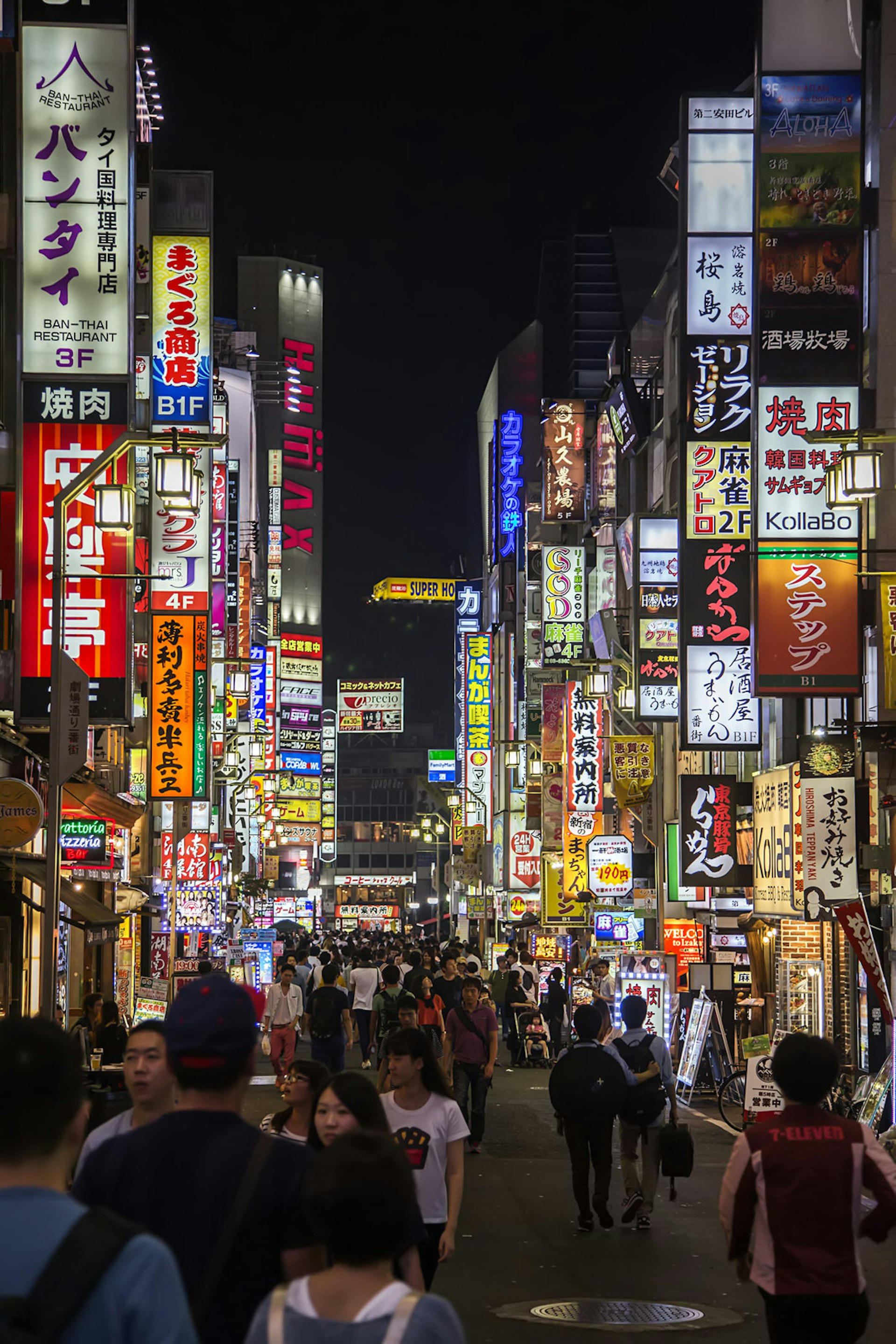
Right outside Shibuya Station is Shibuya Crossing, Tokyo's mesmerising (and quite likely the country's busiest) intersection. Beyond the station is the neighbourhood's pedestrianised main strip, Shibuya Center-gai, which is lined with clothing shops, fast-food restaurants and a blinding array of glowing signs. Shibuya is full of tempting bars, nightclubs, karaoke parlours and live music halls. Just save some energy for…
Shinjuku. This is the city at its most bombastic, bustling and overwhelming. Shinjuku's train station is Japan's busiest, with some 3 million people passing through every day. The city capital is here, in the impressive (or imposing, depending on your taste) Tokyo Metropolitan Government Building complex. Atop Building 1, at 202m, there's a free observatory, with panoramic views over the glittering city – you can see how massive Tokyo really is. Last entry is 10.30pm.
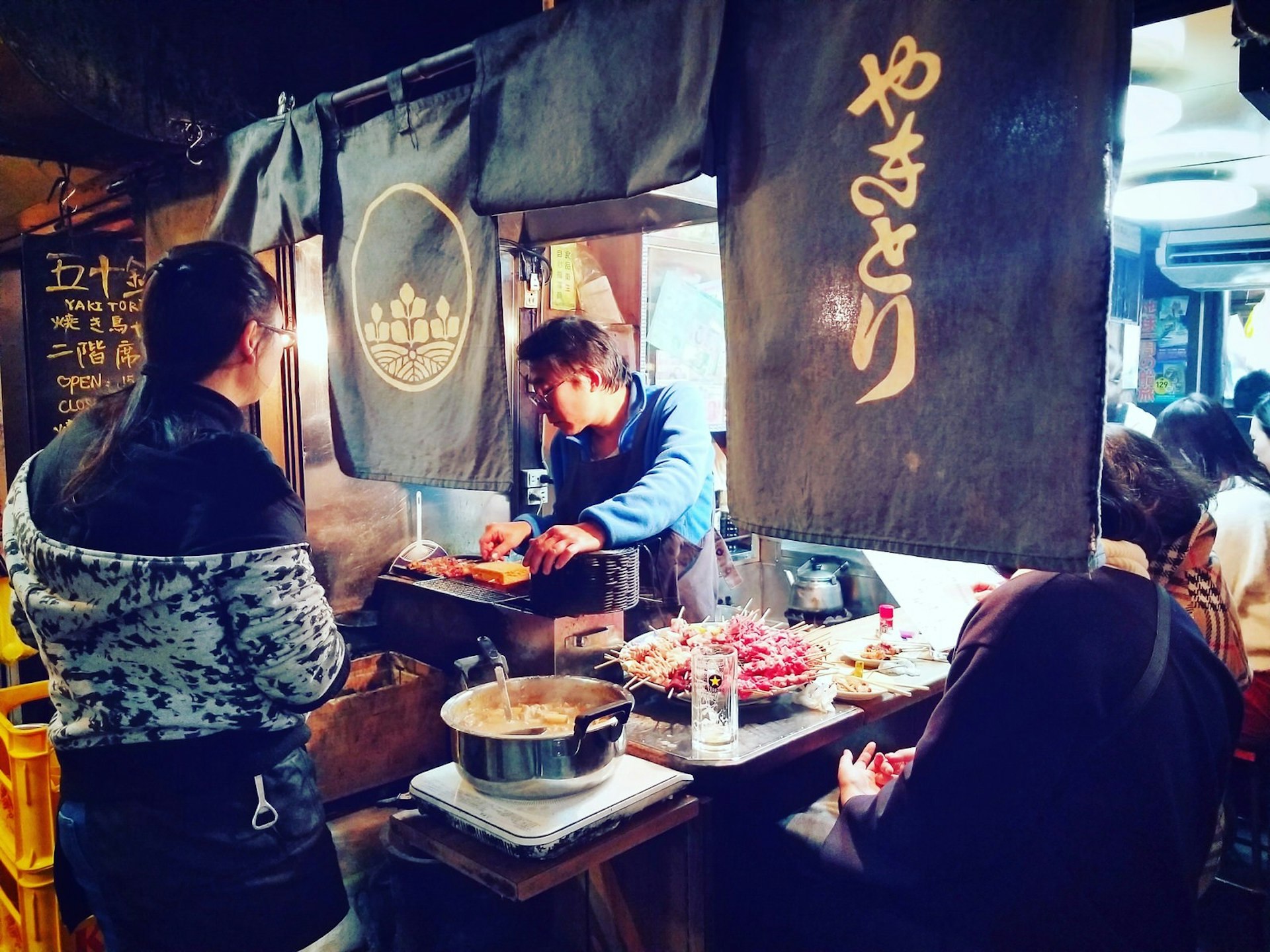
Shinjuku has nightlife in spades. Go broke at the sky-high New York Bar in the Park Hyatt or go bar-hopping among the boho wooden shacks of Golden Gai. (If you're not staying nearby, keep in mind that the last trains leave Shinjuku around 12.30am.)
You can complete the loop, heading through Ikebukuro – another giant hub for commuter trains, with more department stores, restaurants and bars galore. Or maybe give it a go tomorrow morning, when the trains start running again at 4.45am.
Yamanote Line travel tips
- Most Yamanote trains make a continuous loop but some may terminate at Ikebukuro or Osaki, meaning you have to get off the train and wait for the next one.
- Between 7am and midnight trains run every 3 to 5 minutes; less frequently in the early-morning hours.
- Trains are jam-packed during the morning rush (7am to 9.30am); the evening rush (around 5pm to 8pm) is not quite as bad as the morning commute.
- A one-day Tokyo Combination Ticket (adult/child ¥1590/800) covers all central Tokyo JR lines (including the Yamanote) plus city subways and buses. These tickets can be purchased at any midori-no-madoguchi ticket counter in major JR stations (such as Shinjuku, Tokyo and Ueno).
- The Yamanote line is part of the JR (Japan Rail) network so is covered by the JR pass.
- Without a pass, ticket fares are calculated by distance, with short trips costing ¥140 and the longest one (a full half-loop) costing ¥260.
First published in April 2012


